Solo Training; What You Gain By Training Alone
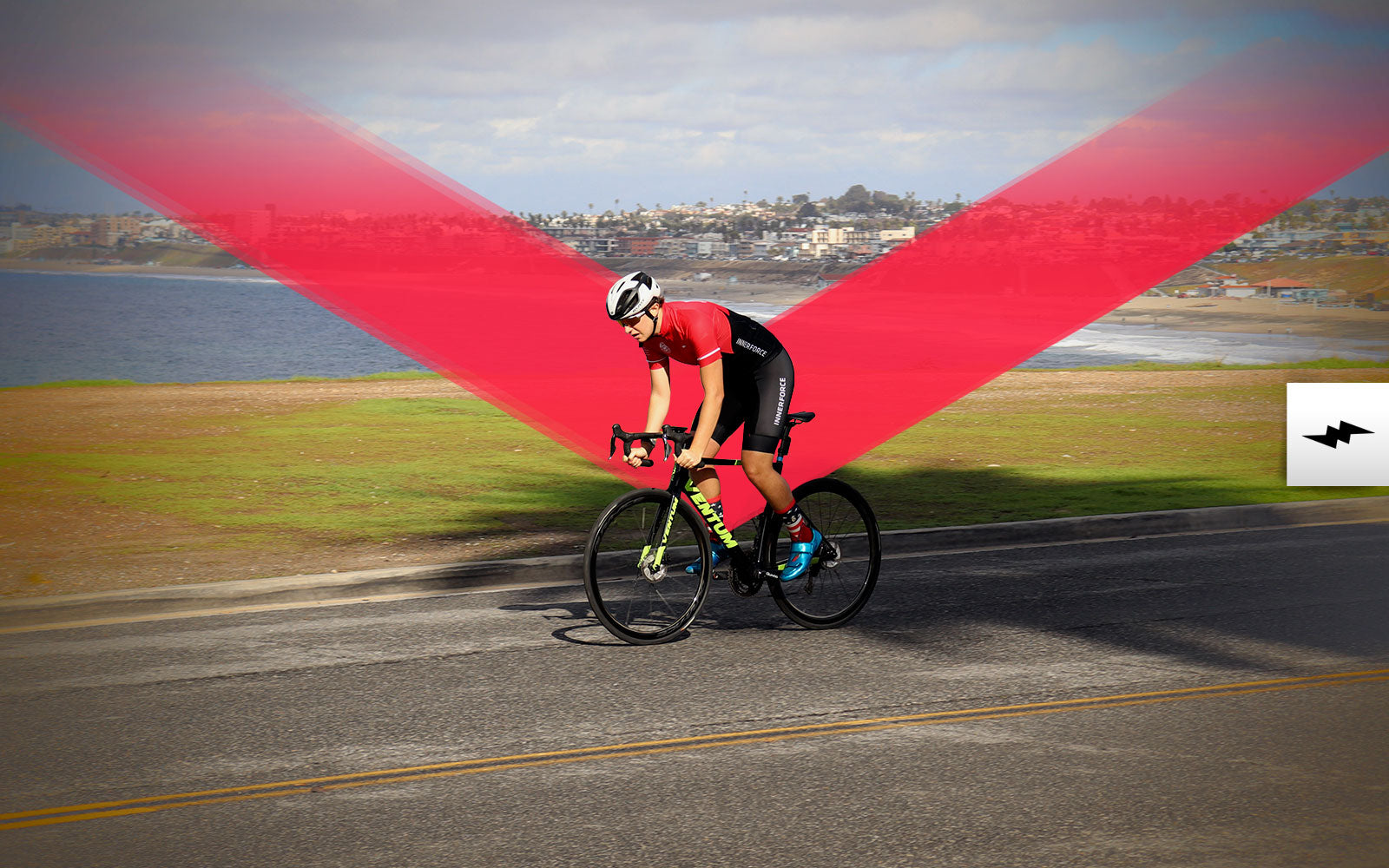
The virtues of training as a group are constantly touted by triathletes. The social aspect, being able to push each other when the going gets tough, someone to talk to in order to starve off the boredom of a 150km bike ride. These benefits are all well and good and we are not arguing against them; but we are asking ‘Who is it that ultimately runs your triathlon? Is it the team, or is it you?’ In this article we will look at solo training, and what you gain by training alone.
With the pandemic rolling along through another year, many of us simply do not have the luxury of being allowed to train in groups for now, but that might actually turn out to be a positive thing. By training alone you are able to set your own schedule and set your own pace, at the same time you will be building more of the mental fortitude that you will need for race day. You also will be replicating the race day environment on the bike, which means not drafting and being self-reliant when mechanical issues arise.
Set Your Own Schedule
Trying to hold down a full-time job and train for a triathlon is a tough ask, even more so when you have a family to raise. Inevitably we have to sacrifice something along the line in order to put in the required training. However, training solo allows you the flexibility to choose what it is that gets sacrificed.
Let’s say that you meet up with your non-triathlon buddies every Friday after work but this clashes with a team bike ride. You have to choose where your priorities are. If, on the other hand, you opt in for solo training then you can still meet up with your buddies and then go for a late-night bike ride. The traffic will be lighter, everything becomes quieter and more peaceful at night, plus your buddies will appreciate the fact that you are finding time for them still.
Set Your Own Pace

Finding a training partner that swims at the exact same pace as you is difficult. Finding a group that swims, cycles and runs at the same pace as you is nigh on impossible. Training as a group means that at times you will be pushed beyond what you thought was possible, at other times you will be dawdling along waiting for others to catch up.
The advantage of training alone is that you get to choose the intensity of every session. Maybe you are feeling run down and just need to take it easy. If you are training as a group then there is this feeling that you are letting others down if you take your foot off the gas, meaning you are more likely to overtrain when your body is telling you to take it easy.
On the other hand, there are times when we had set out to do some zone 2 running but our legs are feeling the need for an intense interval session. If you are training solo then you have the option to make these last-minute changes to your training sessions without impinging on what others want to do.
Build Mental Fortitude
C.S. Lewis said ‘Integrity is doing the right thing even when no one is watching.’ This statement can equally apply to mental fortitude for triathletes. When you set out of a 20km run at 5am on a Sunday morning on your own, nobody will know if you only do 10km and then come home because they are all going to be in bed still anyway!
The knowledge that you can go home at any point in your training, and that nobody is there to judge you if you do, sits alongside you every time you go training solo. So much so that you become as acquainted with that little voice inside your head and you begin to greet him as an old friend. Rather than allowing it to discourage you, you recognize it as part of the training and you push through it just to prove that little voice wrong.
This is the type of mental fortitude that you need to build if you are going to get through the tough times in your race because, like it or not, you will more than likely be racing on your own without your teammates to motivate you to keep going.
Replicate Race Day Environment On The Bike

In the United States a majority of triathlon events are non-draft events. This means that, on the bike leg you are not allowed to sit behind another cyclist, unless you are overtaking. For Ironman events drafting is defined as being within 6 bike lengths of the rider in front for longer than 25 seconds and the penalties are serious. If you are found to be drafting a cyclist in front of you during an Ironman event then the penalty is a 5:00 minute time penalty.
When training in a group it is inevitable that you will find yourself drafting others at some point on the ride, and studies have shown that this can reduce drag by about 50% compared to a lone cyclist. If you have spent all your time cycling in a group, then you are going to be in for a rude awakening come race day.
Be Self-Reliant When Mechanical Issues Arise
Having a spare inner tube and a multi-tool in your saddle bag is a great start, but it is only worth having if you actually know how use it. When was the last time you changed an inner tube under stress? If your aerobars start to move around, can you confidently and quickly sort them out on your own?
These are simple fixes that all triathletes should be able to do with their eyes closed, but doing them on your own when you are 50km from home and it’s starting to rain can be stressful. Having a group around you so that someone can stop and give you a hand is a great way to get you going again quickly, but during the race you are not allowed any type of outside support except from race officials and race volunteers. The risk of having to wait around for a support vehicle because you can’t fix a something as simple as a slipping chain is far from ideal.
Final Thoughts
We’re not saying that you should abandon your triathlon buddies and become a training recluse; there are a wealth of benefits that team training can bring. What we are saying is that solo training has its place too and, in times like these we need to focus on the positives. If the pandemic is forcing you into more solo training then embrace it, and all the benefits that it is bringing to you as an athlete.
Written for Innerforce by Stewart Spiessens
Photos. @dreidtri

The virtues of training as a group are constantly touted by triathletes. The social aspect, being able to push each other when the going gets tough, someone to talk to in order to starve off the boredom of a 150km bike ride. These benefits are all well and good and we are not arguing against them; but we are asking ‘Who is it that ultimately runs your triathlon? Is it the team, or is it you?’ In this article we will look at solo training, and what you gain by training alone.
With the pandemic rolling along through another year, many of us simply do not have the luxury of being allowed to train in groups for now, but that might actually turn out to be a positive thing. By training alone you are able to set your own schedule and set your own pace, at the same time you will be building more of the mental fortitude that you will need for race day. You also will be replicating the race day environment on the bike, which means not drafting and being self-reliant when mechanical issues arise.
Set Your Own Schedule
Trying to hold down a full-time job and train for a triathlon is a tough ask, even more so when you have a family to raise. Inevitably we have to sacrifice something along the line in order to put in the required training. However, training solo allows you the flexibility to choose what it is that gets sacrificed.
Let’s say that you meet up with your non-triathlon buddies every Friday after work but this clashes with a team bike ride. You have to choose where your priorities are. If, on the other hand, you opt in for solo training then you can still meet up with your buddies and then go for a late-night bike ride. The traffic will be lighter, everything becomes quieter and more peaceful at night, plus your buddies will appreciate the fact that you are finding time for them still.
Set Your Own Pace

Finding a training partner that swims at the exact same pace as you is difficult. Finding a group that swims, cycles and runs at the same pace as you is nigh on impossible. Training as a group means that at times you will be pushed beyond what you thought was possible, at other times you will be dawdling along waiting for others to catch up.
The advantage of training alone is that you get to choose the intensity of every session. Maybe you are feeling run down and just need to take it easy. If you are training as a group then there is this feeling that you are letting others down if you take your foot off the gas, meaning you are more likely to overtrain when your body is telling you to take it easy.
On the other hand, there are times when we had set out to do some zone 2 running but our legs are feeling the need for an intense interval session. If you are training solo then you have the option to make these last-minute changes to your training sessions without impinging on what others want to do.
Build Mental Fortitude
C.S. Lewis said ‘Integrity is doing the right thing even when no one is watching.’ This statement can equally apply to mental fortitude for triathletes. When you set out of a 20km run at 5am on a Sunday morning on your own, nobody will know if you only do 10km and then come home because they are all going to be in bed still anyway!
The knowledge that you can go home at any point in your training, and that nobody is there to judge you if you do, sits alongside you every time you go training solo. So much so that you become as acquainted with that little voice inside your head and you begin to greet him as an old friend. Rather than allowing it to discourage you, you recognize it as part of the training and you push through it just to prove that little voice wrong.
This is the type of mental fortitude that you need to build if you are going to get through the tough times in your race because, like it or not, you will more than likely be racing on your own without your teammates to motivate you to keep going.
Replicate Race Day Environment On The Bike

In the United States a majority of triathlon events are non-draft events. This means that, on the bike leg you are not allowed to sit behind another cyclist, unless you are overtaking. For Ironman events drafting is defined as being within 6 bike lengths of the rider in front for longer than 25 seconds and the penalties are serious. If you are found to be drafting a cyclist in front of you during an Ironman event then the penalty is a 5:00 minute time penalty.
When training in a group it is inevitable that you will find yourself drafting others at some point on the ride, and studies have shown that this can reduce drag by about 50% compared to a lone cyclist. If you have spent all your time cycling in a group, then you are going to be in for a rude awakening come race day.
Be Self-Reliant When Mechanical Issues Arise
Having a spare inner tube and a multi-tool in your saddle bag is a great start, but it is only worth having if you actually know how use it. When was the last time you changed an inner tube under stress? If your aerobars start to move around, can you confidently and quickly sort them out on your own?
These are simple fixes that all triathletes should be able to do with their eyes closed, but doing them on your own when you are 50km from home and it’s starting to rain can be stressful. Having a group around you so that someone can stop and give you a hand is a great way to get you going again quickly, but during the race you are not allowed any type of outside support except from race officials and race volunteers. The risk of having to wait around for a support vehicle because you can’t fix a something as simple as a slipping chain is far from ideal.
Final Thoughts
We’re not saying that you should abandon your triathlon buddies and become a training recluse; there are a wealth of benefits that team training can bring. What we are saying is that solo training has its place too and, in times like these we need to focus on the positives. If the pandemic is forcing you into more solo training then embrace it, and all the benefits that it is bringing to you as an athlete.
Written for Innerforce by Stewart Spiessens
Photos. @dreidtri
SEE WHAT CUSTOM APPAREL LOOKS LIKE

GEAR UP
MORE FROM THE BLOG
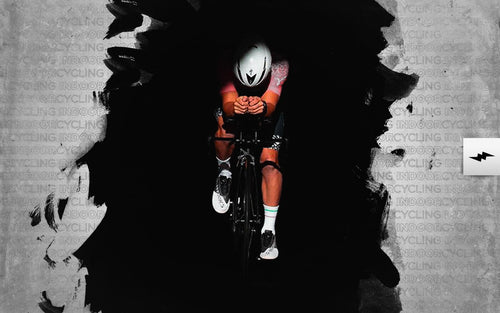
Indoor Bike Trainers – Are They Worth It?
As I gaze out into the leaden skies of a March morning I have a rather smug grin on my face....
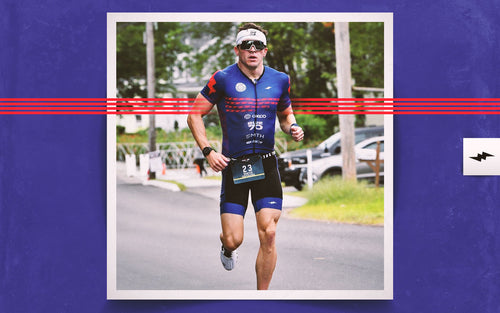
How Long Should A Half Ironman Take To Complete?
The start of any year is always a great time to set a crazy goal, so why not make the...
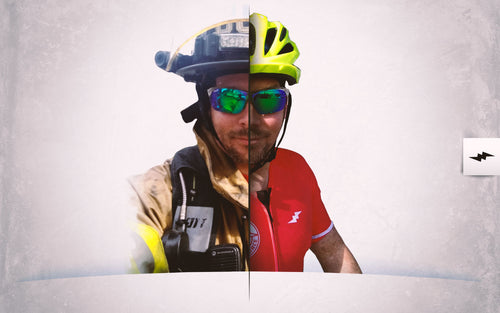
How To Balance Work And Training
There is no way around it; training for endurance events takes time. As a recreational soccer player, it is highly...
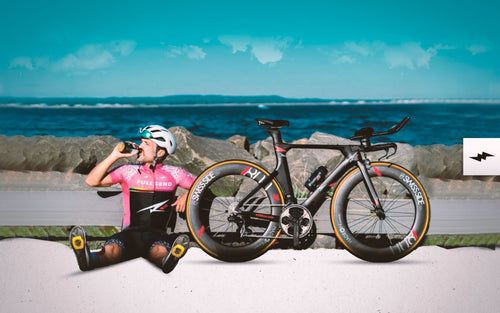
How To Fuel For Endurance Events
It seems to me that endurance events sneak up on you like a kindly addiction. You start with the simple...



